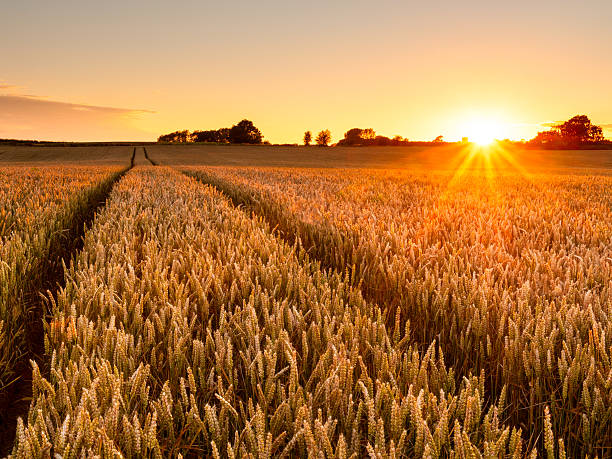
Dry farming is an ancient agricultural technique that has been used for centuries. It is a method of growing crops without relying on irrigation, instead using careful soil management and planting techniques to maximize the amount of moisture available to crops. The result is crops that are more resistant to drought and other environmental stresses. In this blog post, we will explore the secrets of dry farming, uncovering the techniques and benefits of this sustainable agricultural practice.
Understanding Dry Farming
Dry farming is a unique and sustainable agricultural practice that has been used for centuries to grow crops in regions with limited water resources. Unlike conventional farming methods that rely heavily on irrigation, dry farming maximizes the use of natural moisture from rainfall and soil retention techniques.
The key to understanding dry farming lies in its focus on careful soil management. Farmers practicing dry farming aim to create soil that is rich in organic matter, with a structure that allows for maximum water retention. This is achieved through techniques such as adding compost and cover cropping, which help improve soil fertility and water-holding capacity. Additionally, farmers practice conservation tillage to minimize soil erosion and maximize water infiltration.
Another important aspect of understanding dry farming is the careful selection of crops. Dry farmers typically choose crops that have adapted to dry conditions, such as grapes, olives, and certain types of grains. These crops have developed mechanisms to withstand periods of drought, making them well-suited for dry farming.
Understanding the principles of dry farming can also help us appreciate the benefits it offers. By relying on natural moisture and careful soil management, dry farming promotes sustainable agriculture. It reduces the need for water irrigation, thus conserving precious water resources. Additionally, dry farming can result in crops that are more flavorful and nutrient-rich due to their slower growth and concentrated flavors.
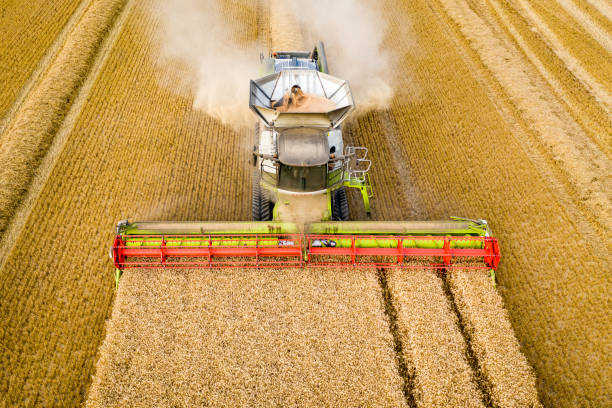
The History of Dry Farming
Dry farming has a rich and fascinating history that stretches back centuries. It is believed to have originated in regions with limited water resources, such as the Mediterranean and parts of Asia. Farmers in these regions had to develop innovative techniques to grow crops without the luxury of abundant water.
One of the earliest examples of dry farming can be found in ancient Persia, where farmers used stone walls to create terraced fields. These walls helped to retain rainfall and prevent soil erosion, allowing crops to thrive even in arid conditions. Similarly, ancient Mayans in Central America practiced dry farming by utilizing raised beds and canals to capture and distribute rainwater efficiently.
As civilization advanced, so did dry farming techniques. In the 19th century, dry farming became increasingly popular in the United States as settlers moved westward to arid regions such as California and the Great Plains. These pioneers relied on techniques such as deep plowing to break up the soil, creating channels for rainfall to penetrate and be stored. They also practiced crop rotation to minimize soil exhaustion and maximize water retention.
Despite the availability of irrigation technology in modern times, dry farming continues to be practiced around the world, particularly in areas where water scarcity is a pressing issue. The techniques and knowledge passed down through generations are still utilized to cultivate crops sustainably.
Understanding the history of dry farming not only sheds light on its origins but also emphasizes its resilience and adaptability. By studying the practices of those who came before us, we can learn valuable lessons and apply them to the challenges of today’s changing climate. Dry farming stands as a testament to the ingenuity of farmers throughout history who have worked with nature to sustainably feed communities and preserve precious resources.
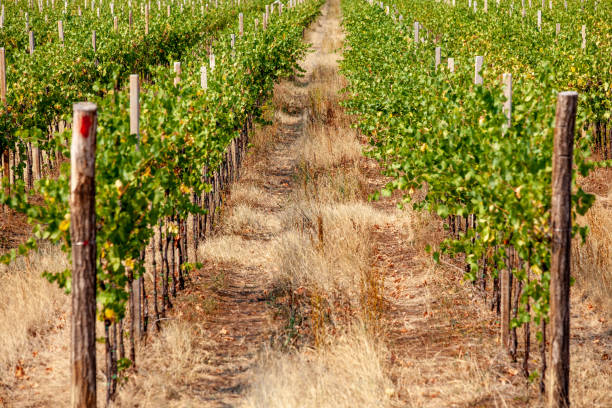
Techniques Used in Dry Farming
Dry farming relies on a variety of techniques to maximize the use of natural moisture and ensure the successful growth of crops. One key technique is the use of careful soil management practices. Dry farmers prioritize building soil that is rich in organic matter, which helps improve water retention. This is achieved through the addition of compost and the implementation of cover cropping, where cover crops are grown in between cash crops to improve soil fertility and moisture retention. Farmers also practice conservation tillage, which involves minimizing soil disturbance to reduce soil erosion and maximize water infiltration.
In addition to soil management, dry farmers carefully select drought-tolerant crops that are well-suited for dry conditions. These crops have adapted to thrive with limited water resources, and they include crops like grapes, olives, and certain types of grains. By choosing these crops, dry farmers ensure that they can withstand periods of drought and still produce high-quality yields.
Another technique used in dry farming is the implementation of water-saving strategies. Farmers often rely on mulching, which involves covering the soil surface with organic materials like straw or leaves to reduce evaporation and maintain soil moisture. They also practice strategic spacing between plants to reduce competition for water and ensure that each plant has access to the limited moisture available.
Overall, dry farming is a holistic approach that combines careful soil management, crop selection, and water-saving techniques to optimize moisture utilization. These techniques not only result in sustainable agriculture but also lead to crops that are full of flavor and nutrients due to their slow growth and concentrated flavors. Dry farming is a testament to the resourcefulness of farmers who have found innovative ways to grow food in regions with limited water, and it offers valuable insights for sustainable farming practices in a changing climate.
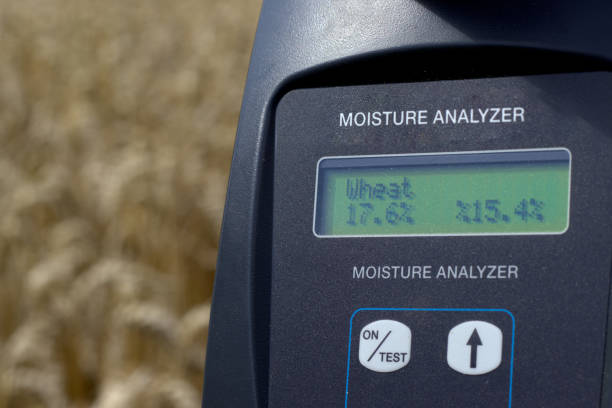
Benefits of Dry Farming
Dry farming offers a multitude of benefits that make it an attractive and sustainable agricultural practice. One of the most significant benefits is its ability to conserve water. By relying on natural moisture from rainfall and maximizing soil water retention, dry farming significantly reduces the need for irrigation. This conservation of water resources is especially crucial in regions facing water scarcity or drought conditions.
In addition to water conservation, dry farming also promotes soil health. The careful soil management techniques used in dry farming, such as adding compost and practicing cover cropping, help improve soil fertility and water-holding capacity. This leads to healthier soil ecosystems, reduced soil erosion, and increased soil carbon sequestration, which benefits both the environment and crop yields.
Another notable benefit of dry farming is the superior flavor and nutrient content of the crops. Because the plants grow at a slower pace and have concentrated flavors, the resulting produce is often more flavorful and nutrient-rich compared to conventionally grown crops. Dry farming also tends to promote biodiversity, as farmers typically choose drought-tolerant crop varieties that have adapted to thrive in dry conditions.
From an economic standpoint, dry farming can be advantageous as well. It reduces the reliance on expensive irrigation systems and associated maintenance costs. This can lead to increased profitability for farmers, especially in regions where water scarcity is driving up irrigation costs.
Overall, dry farming is a sustainable agricultural practice that offers a multitude of benefits. It conserves water, promotes soil health, enhances crop quality, and can be economically advantageous. As our world continues to face challenges related to climate change and water scarcity, the secrets of dry farming offer valuable insights and solutions for sustainable agriculture.
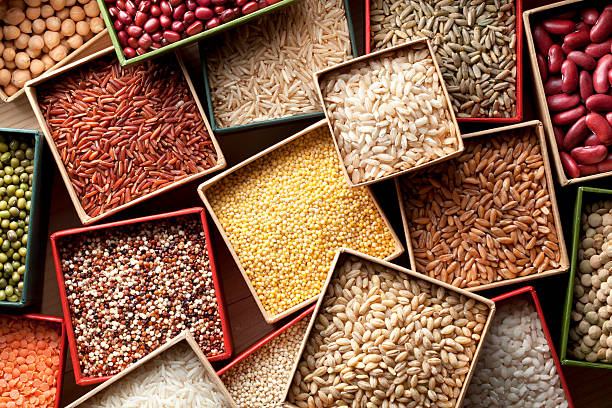
Challenges and Limitations of Dry Farming
While dry farming offers many benefits and sustainable solutions, it also comes with its fair share of challenges and limitations. One of the main challenges of dry farming is the unpredictable nature of rainfall. In regions with irregular or limited rainfall, farmers may face difficulties in providing enough moisture for their crops to thrive. Dry farming requires careful monitoring of weather patterns and adaptation to changing conditions to ensure successful yields.
Another challenge of dry farming is the need for specialized knowledge and skills. Unlike traditional farming methods that rely heavily on irrigation, dry farming requires a deep understanding of soil management techniques, crop selection, and water-saving strategies. Farmers must invest time and effort into learning and implementing these practices to achieve successful results.
Additionally, dry farming often yields lower crop yields compared to conventional farming methods. This is due to the reduced availability of water, which limits the growth and productivity of crops. Farmers practicing dry farming must be prepared for lower yields and focus on quality rather than quantity.
Finally, the initial investment in implementing dry farming practices can be significant. It may involve the modification of existing infrastructure, such as installing rainwater capture systems or constructing terraced fields. These investments can be challenging for small-scale farmers with limited resources.
Despite these challenges, dry farming continues to be practiced successfully around the world. Farmers have developed innovative techniques and adapted to local conditions to overcome these limitations. With proper planning, knowledge, and resourcefulness, dry farming can be a viable and sustainable agricultural practice, providing solutions to water scarcity and environmental concerns.

Successful Dry Farming Examples around the World
Dry farming has been practiced successfully in various regions around the world, showcasing its adaptability and effectiveness in sustainable agriculture. Here are some notable examples of successful dry farming practices:
- Wine Grapes in California, USA: California is known for its wine industry, and many vineyards in the region practice dry farming. By carefully selecting drought-tolerant grape varieties and implementing water-saving techniques, such as strategic vineyard spacing and mulching, these winemakers produce high-quality grapes with concentrated flavors.
- Olive Groves in Greece: Greece has a long history of dry farming olives, dating back thousands of years. Olive trees are well-suited for dry conditions, and Greek farmers have perfected the art of cultivating these trees without irrigation. The result is high-quality olive oil and olives that are renowned for their rich flavor and nutritional value.
- Sorghum Farming in Sudan: Sudan, a country with limited water resources, has a thriving dry farming industry centered around sorghum cultivation. Sorghum is a drought-tolerant crop that has been a staple food in Sudan for centuries. By utilizing conservation tillage and other soil management techniques, Sudanese farmers are able to produce abundant sorghum crops despite the arid conditions.
- Dry Rice Farming in India: In regions of India with water scarcity, farmers practice dry rice farming, also known as rain-fed rice cultivation. By selecting traditional rice varieties that have adapted to dry conditions and implementing techniques such as direct seeding and intermittent irrigation, these farmers are able to produce rice crops without relying on irrigation.
These examples demonstrate that dry farming can be successfully implemented in various climates and regions, showcasing its versatility and effectiveness in sustainable agriculture. By learning from these practices, farmers around the world can adopt and adapt dry farming techniques to their own local conditions and contribute to a more sustainable and resilient food system.
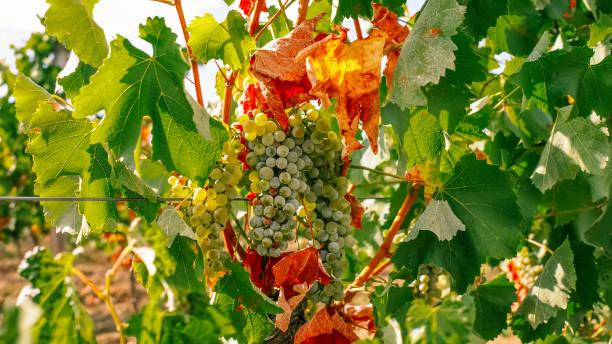
How to Start Your Own Dry Farming Practice
Now that you have learned about the fascinating world of dry farming, you may be wondering how you can start your own dry farming practice. While dry farming does come with its challenges, with the right knowledge and preparation, you can successfully implement this sustainable agricultural practice.
- Assess your local climate: The first step in starting a dry farming practice is to assess the climate in your region. Dry farming is most successful in areas with limited water resources and regular but not excessive rainfall. Understanding your local climate patterns will help you determine the best crops to choose and the techniques to implement.
- Select drought-tolerant crops: Choose crops that are well-adapted to dry conditions and have mechanisms in place to withstand periods of drought. Some common crops used in dry farming include grapes, olives, sorghum, and certain types of grains. Research the best crop varieties for your region and ensure they are suitable for your climate and soil conditions.
- Implement soil management techniques: Building healthy, moisture-retentive soil is crucial in dry farming. Focus on improving soil fertility by adding organic matter through composting and cover cropping. These practices help retain moisture in the soil and enhance its overall structure. Additionally, practice conservation tillage to minimize soil erosion and maximize water infiltration.
- Water-saving strategies: Employ water-saving strategies to make the most of natural moisture. Mulching the soil surface with organic materials helps reduce evaporation and maintain soil moisture. Consider strategic plant spacing to minimize water competition and ensure each plant has access to the limited moisture available.
- Monitor weather patterns: Keep a close eye on weather patterns and adjust your farming techniques accordingly. Dry farming requires adapting to changing conditions, so be prepared to make adjustments based on rainfall and other weather factors.
- Learn from others: Connect with local dry farmers and agricultural organizations to learn from their experiences. Attend workshops, seminars, and conferences to expand your knowledge and gain insights from experienced dry farmers.
Starting your own dry farming practice requires patience, perseverance, and a willingness to learn and adapt. By implementing these techniques and constantly improving your understanding of the practice, you can contribute to a more sustainable and resilient agricultural system. Happy dry farming!
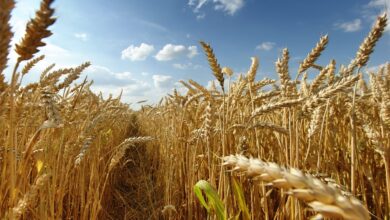
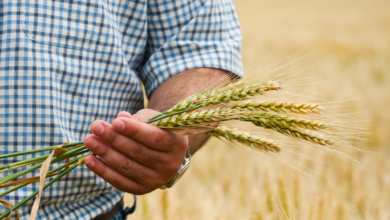
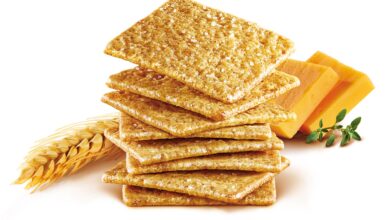
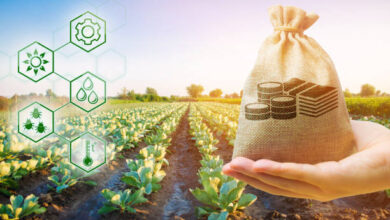
Nice
THANK’S